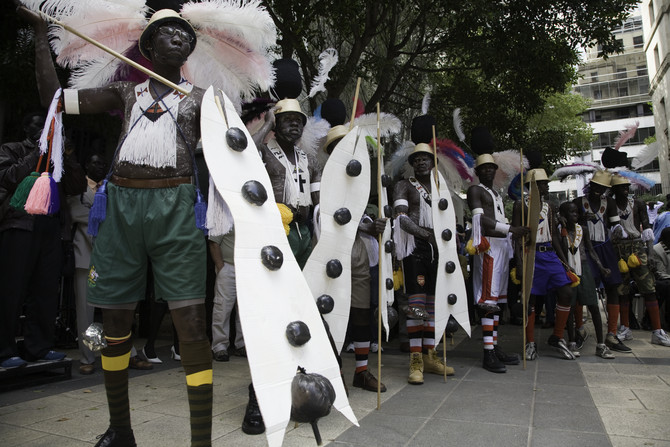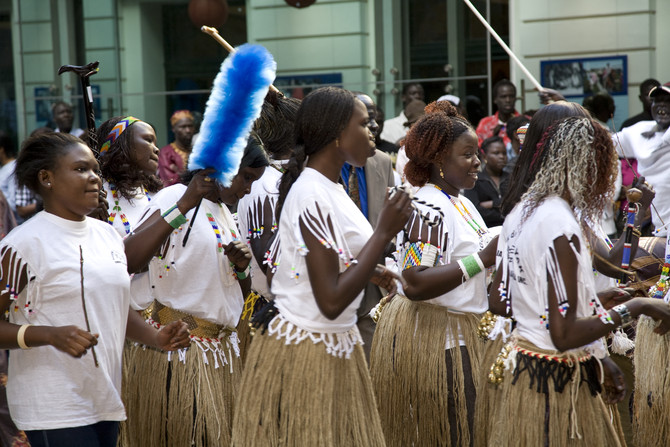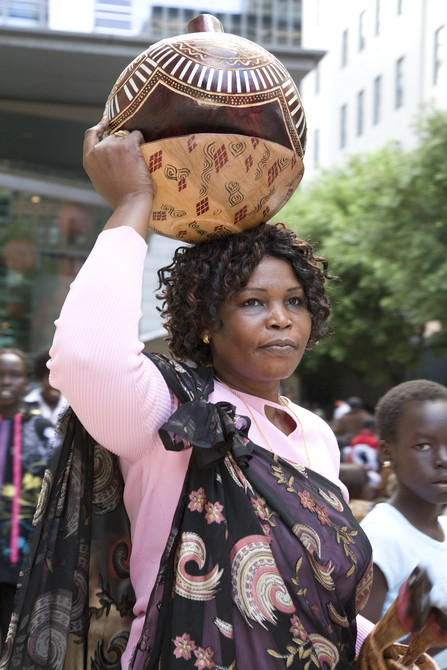Immigration History from Sudan to Victoria
The Sudan-born community although new to Victoria has grown quickly. The Victorian census first recorded Sudan-born residents in 1991, when 184 were counted. By 2001 this number had grown to almost 1000.
Since Sudan gained independence from joint British-Egyptian administration in 1956 it has been ravaged by drought, famine and war. Sudan has seen regular turnover of governments, many of them military regimes controlled by northern Sudanese interests favouring Islamic-oriented policies. Disputes with largely non-Muslim southern Sudanese over access to power and resources have resulted in two extended periods of civil war. Drought, famine, war damage and limited infrastructure in the south have hindered the return of many Sudanese refugees who fled to neighbouring countries. Australia has assisted in resettling some of the worst-affected people from the region. In July 2011, South Sudan formally obtained independence from The Republic of Sudan.
In 2011 the Sudan-born community in Victoria had grown to 6086, making it the fastest growing immigrant community in Victoria. This is contributed to by a strong family structure which encourages relatives to sponsor one another. Sudan has hundreds ethnic and tribal groups who speak diverse languages. In Victoria, the main languages spoken in the home is Arabic (52%), followed by Dinka (22%) and Nuer (4%).
The majority of the community, (78%) is Christian; more than half of those are Catholic. Another 16% of the Sudan-born community is Muslim. The community is young, with 70% under the age of 35. Of those employed, 22% are employed in clerical, sales and service roles, 20% are engaged in managerial, professional and associated roles, another 15% are production and transport workers and 6% are labourers.
20% of the community live in Brimbank, 14% in Greaer Dandenong and 10% live in Casey. The community is supported by a number of non-profit secular organisations such Sudanese Australian Integrated Learning (SAIL), and is able to access information through the Sudanese Research Centre of Australia.
Immigration History from Sudan (Arabic) to Victoria
المجتمع السوداني المولد جديدا على فيكتوريا ولكن قد نمت بسرعة. التعداد الفيكتوري سجلت أول سكان السودان المولود في عام 1991، عندما تم إحصاء 184. وبحلول عام 2001 ارتفع هذا العدد إلى ما يقرب من 1000.
منذ حصول السودان على استقلالها عن السيادة البريطانية المصرية المشتركة في عام 1956 والجفاف والمجاعة والحرب تجتاحها. وقد شهدت السودان انقلاب العديد من الحكومات، الكثير منها أنظمة عسكرية يسيطر عليها أصحاب النفوذ في شمال السودان لدعم سياسات ذات توجه إسلامي. وقد أدت خلافات الوصول إلى السلطة والموارد مع جنوب السودان غير المسلمة إلى وقوع حرب أهلية دامت فترتين طويلتين. وقد ساهم الجفاف والمجاعة وخسائر الحرب والبنية التحتية المحدودة بالجنوب في عدم عودة العديد من اللاجئين السودانيين الذين فروا إلى الدول المجاورة. وقد ساهمت أستراليا في إعادة توطين بعض السودانيين الأكثر تضررا في المنطقة. وفي يوليو 2011، حصلت جنوب السودان رسميا على استقلالها عن جمهورية السودان.
في عام 2011، تزايدت أعداد السودانيين المولودين في فيكتوريا إلى 6.086، مما يجعلها الجالية الأسرع نموا بين المهاجرين في فيكتوريا. ويرجع هذا إلى قوة العلاقات الأسرية التي تشجع على رعاية الأقارب لبعضهم البعض. وعلى الرغم من أن السودانيين غالبا ما يتم تصنيفهم إلى مجموعتين رئيسيتين - العرب والأفارقة السود - إلا أن هذا يخفي في طياته العديد من التقسيمات العرقية والقبلية. وهنا اللغة الرئيسية المستخدمة في المنازل هي العربية بنسبة 52٪، وتليها الدينكاوية بنسبة 22٪ ثم لغة النوير بنسبة 4٪.
الغالبية العظمي من الجالية بنسبة 78٪ من المسيحيين، نصفهم من الكاثوليك. ويمثل المسلمون 16٪ من الجالية السودانية. تقوم الجالية على الشباب، حيث يقع 70٪ منهم تحت سن ال 35. فيما يتعلق بالعمالة، يعمل 6٪ كعمال باليومية، ويعمل 20٪ في الأعمال الإدارية والمهنية والأدوار المرتبطة بها، ويعمل 22٪ بالأعمال الكتابية والمبيعات والخدمات، ويعمل 15٪ كعمال في مجال الإنتاج والنقل.
يسكن 20٪ من الجالية في بريمبانك، ويسكن 14٪ في داندينونج الكبرى، ويسكن 10٪ في كيسي. تتلقى الجالية الدعم من عدد من المنظمات العلمانية غير الهادفة للربح مثل البرنامج التعليمي السوداني الأسترالي التكاملي (SAIL)، ويمكنها الوصول إلى المعلومات من خلال مركز البحوث السودانية في أستراليا.




